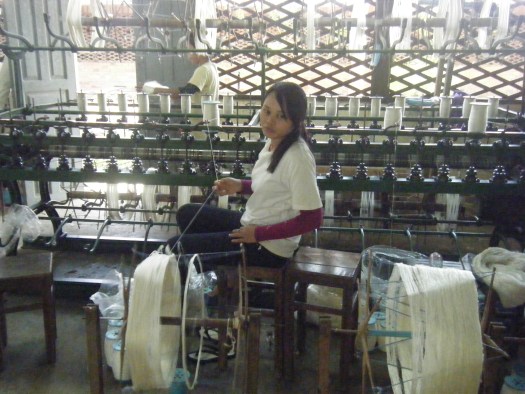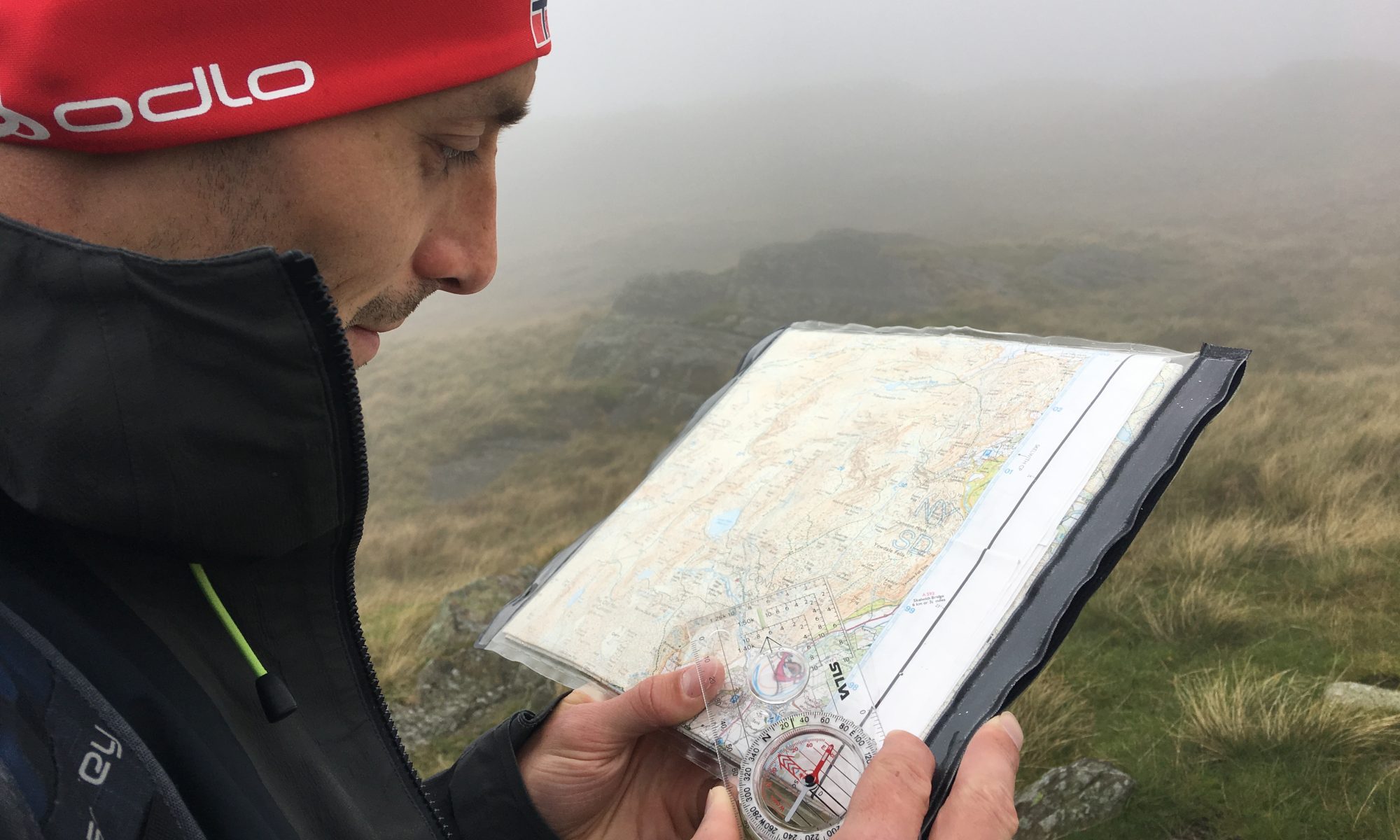Its hard to travel in a country like Cambodia and not be affected by the poverty that exists. A relic from the conflicts and genocide under the Khmer Rouge that has left a country, with a powerful and glorious history, struggling to rebuild itself.
For the traveller, this provides an opportunity to see a country untouched by too much commercialisation (except perhaps in Phnom Penh where development is quickly racing along), and a place were the people are open to the opportunities tourism can bring, without being ruined by it.
The Khmer Rouge robbed the country of a generation, especially those best able to transform its future economy and infrastructure. Its hard not to notice that loss as you walk around the cities and towns – there’s few people over 50.
And its not hard to notice the impact of overseas aid, which has sought to assist Cambodia since the late 1980’s and led to noticeable economic development projects; everything from Chinese road building projects to Japanese and Korean supported schools.
There are also a significant number of overseas non-governmental organisations (NGO’s) operating in the country – supporting orphanages, schools and local community projects.
As I work for an Non-Governmental Organisation (NGO) in the UK, I am however surprised by the number of social enterprises, set up and run by the Cambodians which are making a greater sustainable impact on the local people than overseas support provided by some NGO’s.
Smaller in scale, social enterprises ultimately have lower overheads and retain all income generated in Cambodia and operate for the benefit of the people working for them. The majority of income is made through business, enabling them to create business models that can train local people to create their own income and making the most of offering services to the growing number of tourists.
Take care to learn about the projects and organisations you visit – for example there are lots of ‘orphanages’ set up to entice tourists but do not operate specifically for orphans but provide education to all young people on a couple of days a week. I’m not suggesting they’re not valuable but I personally do question the way they perpetuate the image of children awaiting salvation by Western donors and don’t seem to provide a means to access future employment opportunities for the children. Check out this website supported by UNICEF – Thinkchildsafe.
Hence the organisations I came across which I recommend you take time to find, are all locally set up and managed, and provide positive images of the future of Cambodia and opportunities for training and employment for different sections of the community. There is a wealth of other organisations I didn’t have time to find which are equally worth seeking out, and feel free to share them here.
– Phare Cambodian Youth Circus
The Circus provides a nightly show in Siem Reap performed by young people and it is a fantastic night out and alternative to wandering the bars in Pub Street. The circus was set up in 2013 by Phare Ponleu Selpak a youth development organisation providing vulnerable children and young people with a creative environment where they can access training, education and wider social support. The school provides free tuition to over 1,200 young people from disadvantaged backgrounds with many of them developing skills in arts and creative activities. The school itself is in Battambang but having the Circus in Siem Reap enables them to access the growing number of visitors to the city. The circus is one of an number of spin off projects from the school offering young people an opportunity to gain employment and generate revenue for the social enterprise enabling more young people to gain training and skills.
I saw the show ‘Preu / Chills’ which was a fantastic story and I definitely recommend you stop by and see the young people performing amazing acrobatics through storytelling. they also have a shop where you can buy items made by young people at the school learning craft and arts skills.

I found the Mekong Quilts shop in Siem Reap and then later in Phnom Penh. Since I love handmade products and it was coming up to Christmas I had to visit. Mekong Quilts was actually set up in Vietnam but also provides women in Cambodia with the opportunity to learn sewing skills and work as a community to create beautiful quilts to sell for which they receive a good income. Profits from the shops are reinvested in the enterprise and through the main charity Mekong Plus which also provides wider community development projects.
The quilts are a bargain in comparison to the cost of buying a handmade one in the UK and are beautiful, but if like me you are backpacking then there is plenty of smaller gift items you can buy.
Another craft based organisation, Daughters of Cambodia provides women with training, education and employment, as well as wider social support such as counselling, medical care and life skills. It works to help women escaping from the sex industry, many of them having been forced into it through poverty.
The saddest thing about the history of the Cambodia is that a generation of people have been robbed of the chance to have a good education and secure and good employment, meaning that the combination of poverty, low skills and a growth in tourism has lead to people being exploited by tourists, particularly for sex. Its not hard to find yourself in the ‘red light’ districts of both Phnom Penh and Siem Reap and wishing better for the girls (and guys) being used by western and other Asian tourists.
The Daughters shop in Phnom Penh provides a great way to find out about the organisation and buy some fantastic gifts, everything from bags and t-shirts to jewellery and toys. They also sell products made by the ‘sister’ company Sons of Cambodia which through a similar model seeks to provide transexual males with a means to leave the sex industry too.
Having checked out their website since coming home I’ve found they also run a small hotel in Phnom Penh, wish I’d known about that!
I’ve mentioned this previously, but this butterfly conservation centre is definitely worth seeing when you are temple-d out. Close to the Angkor site they farm butterflies to sell to zoos and live exhibitions abroad. This income helps to sustain the centre, which in turn provides education to local farmers to prevent deforestation which is reducing many butterfly and moth species habitats.
Local farmers are also paid to collect eggs and caterpillars which the centre breeds, helping to prevent species extinction. At $4 to visit its worth an hours visit.


I love food. A lot. So there is nothing more exciting than discovering a restaurant which is offering young people an opportunity to gain skills in the restaurant industry as chefs or front of house staff. I visited the restaurant near the Royal Palace which serves a mix of Asian and western tapas and there is fantastic selection of vegetarian food. Don’t make the mistake of thinking that as this is a training restaurant that the food will be basic; I ate some of the best quality food at Friends that I had during my time in Phnom Penh. During the day they also have a shop next door selling items made by young people and you can also buy items from their stall in the Russian Market in the city.
Friends International also provides street children with support in other ways through ensuring they are able to go to school and avoid exploitation. They also have restaurants and shops in Siem Reap, Sihanoukville, as well as Vientiane and Luang Prabang in Laos.
One of the first organisations I visited while in Siem Reap for a week and certainly the largest, Artisan Angkor is a bit different. It was originally set up by the Cambodian government in the early 1990’s in order to encourage the revitalisation of the traditional crafts and culture. If you’re in Siem Reap check out their demonstration site which shows visitors the range of crafts and skills being maintained – from wood and stone carving (which is also helping the regeneration of the Angkor temple site) to silk painting, lacquering and silk weaving.
Training new apprentices annually the organisation now provides work to over 1000 people at different workshops around Siem Reap and Phnom Penh. Now run as a social enterprise, reinvesting income back into training more people, the crafts made are aimed at the high end luxury market, which also raises the profile of Cambodian cultural crafts. Frankly I couldn’t afford anything in their boutique shops (of which there is even one in the airport in Phnom Penh which is a fantastic showcase of Cambodian crafts), but the work is of an amazing quality.




If you visit the site in Siem Reap, get there early to get chance to catch a free lift to their silk workshop which is a 20 minute drive out of town. The silk workshops provided a fascinating insight into the time and skill needed to create silk scarves and clothing, which made it clear why they cost so much. 1 metre of silk fabric generally takes 4 months from extracting the silk from the cocoons to weaving the end product.



Chi-Phat Community Eco tourism
I visited Chi-phat for 3 days on the way to Phnom Penh. It provided both a unique opportunity to see the Cambodian countryside and stay in a small village at the same time as seeing a positive change in the economy in rural communities.
Formerly a hotspot for poaching and illegal logging, the small Chi-phat community now earns income from approximately 2000 tourists a year visiting and staying with families. Originally set up with assistance of the Wildlife Alliance the community now have a social enterprise through which they provide opportunities to trek in the jungle, mountain bike and learn about the local environment and reforestation projects aimed at regenerating the natural environment.
I’ll write about my 4 days in Chi-phat later, but its great to find an eco-tourism project where all the income stays in the local community and benefits local people, and isn’t a commercial business or providing a façade of ecological and community development.


3 Replies to “Social enterprises in Cambodia”